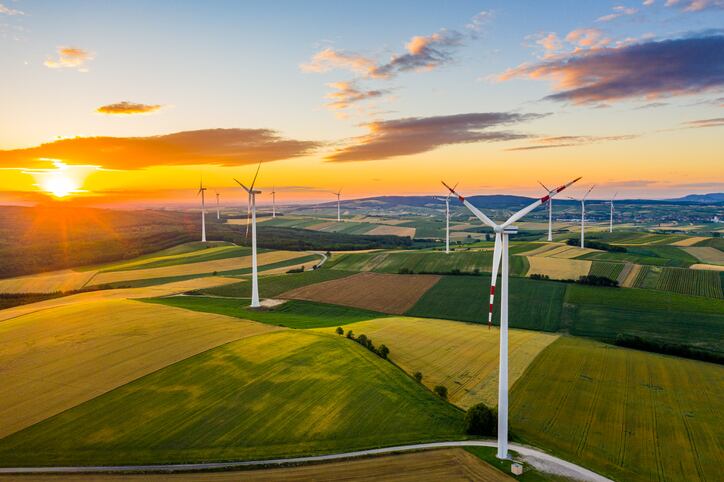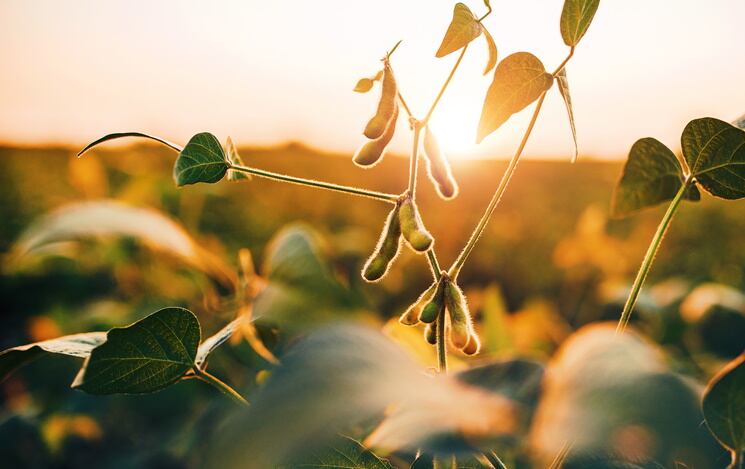“Farmers, ranchers and producers in this country understand that they have got to get engaged with climate smart agriculture practices, if for no other reason than the market is demanding that. Consumers want to know that what they’re consuming and that their dollar is helping the environment – not hurting it,” USDA Secretary Tom Vilsack told attendees at Foreign Policy’s Virtual Summit: Food+ late last week.
In response, products claiming to be climate-friendly or climate-smart are popping up on store shelves increasingly.
But, Vilsack noted, there currently is no standard for climate-friendly or -smart products, making it difficult for consumers to evaluate the veracity of such claims and for stakeholders to benefit from their legitimate efforts to either minimize their impact on the environment or regenerate it.
“That is why we have reached out to farmers, ranchers and producers and asked them what we can do to facilitate the adoption of climate smart practices,” he said.
“What we heard back from them was, ‘Give us the capacity to reduce the risk to farmers and ranchers embracing these new technologies by allowing us to do large scale pilots and demonstration projects that enable us to establish the standard for what a climate smart agriculture practice actually is,’” Vilsack said.
“Establishing a standard through large scale demonstration projects also will allow us to give consumers greater confidence, will enable farmers to embrace climate smart practices – reducing greenhouse gas emissions – and also allow them to participate in ecosystem markets and other ways in which they can identify additional revenue streams,” he added.
USDA is supporting the development of climate-smart farming and forestry practices and their marketing with the launch of a new Climate-Smart Agriculture and Forestry Partnership Initiative, announced earlier this fall.
As part of the initiative, USDA plans to unveil early next year a series of pilots that incentivize climate smart conservation practices and monitor carbon and greenhouse gas benefits associated with those practices. The pilots will be based on input USDA gathered from the public and stakeholders when it issued a request for information in the fall.
“You’re going to see this launch in a very significant way in the first quarter of 2022. We’ve put out a request for information, we’ve received a lot of comments, and we hope to be able to put the framework for this program out and potentially make awards as early as the second quarter of 2022,” Vilsack said, adding he is “really excited about this opportunity.”
The pilots likely will cover a wide range, but Vilsack said he hopes they will show farmers that efforts to improve the climate are not just about providing a societal benefit, but also about improving their bottom line.
For example, climate-smart efforts could include technology to assess whether an acre of land requires fertilizer or not. The assessment may find that 20-30% of what a farmer currently is fertilizing doesn’t actually need to be fertilized – which would save them the cost of inputs and labor, reduce their greenhouse gas emissions, improve their water quality and potentially some of the algae blooms, Vilsack explained.
In addition to the pilots, USDA is exploring subsidies, grants and other financial incentives to help de-risk for farmers the other stakeholders the adoption of these practices.
Bolstering local food systems
USDA simultaneously is exploring ways it can bolster the development of more local and regional food systems – both for environmental benefits and to reinforce the resiliency of the food system during future crises, like the current pandemic.
“We found from the pandemic that our system – as productive and as efficient as it is – was not as resilient as it needs to be. And, I think one of the ways of responding to that resiliency need – to better protect us against future pandemics or disruptions – is essentially a local and regional food system” that will complement the commercial size operations, Vilsack said.
He explained the first step in developing a local and regional food system is to provide more technical and financial assistance to those who are interested in farming – which is why the agency is investing $90.2m in 203 projects to strengthen new market opportunities of local and regional businesses.
“You have to make it easy for people to understand how to do this. This is not an easy occupation. It is not an easy calling. It is incredibly risky,” and so USDA wants to provide new farmers the tools necessary to succeed, he said.
The same goes for funding.
Vilsack acknowledged that most banks are unwilling to loan to new farmers without a track record of success, which is why USDA and government programs are essential for giving farmers capital and market access.
Finally, Vilsack said, USDA is looking for “value-added” opportunities that benefit both the environment and the farming community.
“That gets us into the organic space and the need for us to have smoother transitions from conventional operations to organic,” and finding creative ways to reduce the cost associated with that transition, he said.
Looking forward, and in the spirit of advancing climate-smart and economically-friendly opportunities for the agriculture sector, USDA’s 98th Agriculture Outlook Forum Feb. 24-25, 2022, will focus on the them of “New Paths to Sustainability and Productivity Growth.” For more information about the virtual event visit: https://www.usda.gov/oce/ag-outlook-forum.



